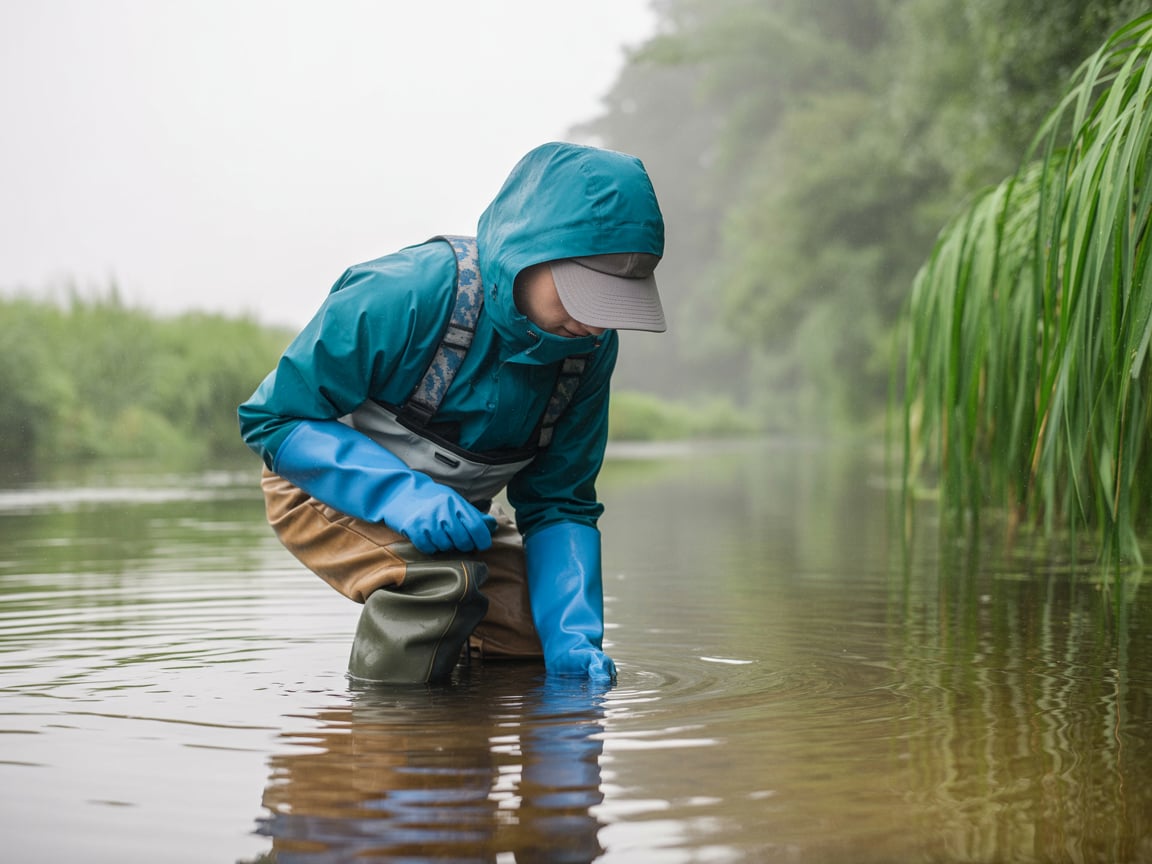The Cereal City Buzz
Archives
Neonicotinoid Pesticides Threaten Michigan's Waterways
SIGN UP FOR OUR NEWSLETTER
Neonicotinoid Pesticides Threaten Michigan's Waterways |
Widespread contamination raises alarms over aquatic ecosystems and public health |
Michigan's rivers and streams are increasingly contaminated with neonicotinoid pesticides, commonly known as "neonics," posing significant threats to aquatic life and potentially human health.
Recent studies have detected alarming levels of neonics, including imidacloprid, clothianidin, and thiamethoxam, in waterways across the state. These chemicals, widely used in agriculture and urban landscaping, are now prevalent in both rural and urban water systems.
In 2025, a comprehensive report highlighted that neonic concentrations in Michigan's surface waters frequently exceed national and international safety benchmarks for aquatic life. This contamination is particularly concerning in tributaries feeding into the Great Lakes, such as the Saginaw River and the Grand River.
Neonics are highly water-soluble and persist in the environment, making them prone to leaching into groundwater and surface water. Their presence disrupts aquatic ecosystems by harming invertebrates like mayflies and midges, which are crucial food sources for fish species such as trout and bass.
Despite mounting evidence of ecological harm, Michigan has yet to implement a statewide ban on neonicotinoid use. Legislative efforts in 2023 aimed at restricting these pesticides faced significant opposition and did not advance. Environmental advocates continue to push for regulatory measures to protect the state's water resources and biodiversity.
As the debate over neonicotinoid use continues, the health of Michigan's waterways remains at risk. Ongoing monitoring and proactive policy decisions are essential to mitigate the impact of these toxic pesticides on the environment and public health. |

